Copel periodically monitors the quality of the water in its reservoirs, assessing the limnological conditions in the area of influence of the hydroelectric generation projects, with a view to ensuring legal compliance and multiple uses of the waters.
In general terms, the monitoring of water quality in reservoirs is mainly guided by two Resolutions:
It should be noted that the parameters analyzed in river stations differ from the parameters analyzed in reservoirs. Reservoir stations have a particularity: collections are usually carried out at two depths, determined based on the IQAR methodology. When anoxia occurs (absence of dissolved oxygen), collection is performed at one more depth. The table below shows the parameters analyzed at the river stations, and at each of the depths of the reservoirs:
Table 2 – Monitored parameters – QdA – river and reservoir:
* Depths II and III refer to the depths defined in the IQAR methodology
Monitoring results are expressed through three indices¹:
- ANA-ANEEL Resolution No. 127/2022: establishes that the person responsible for the concession must carry out four monitoring campaigns a year in at least one point in reservoirs with an area greater than 3 km².
- CONAMA Resolution No. 357/2005: legislation that establishes the reference standards of water quality to be met in rivers and reservoirs, according to each classification class.
| Enterprise | Seasons |
| APC – Apucaraninha | 2 Reservoir |
| BLV – Bela Vista | 3 River /1 Reservoir |
| CAS/CAV – Cavernous Complex | 1 River / 2 Reservoir |
| CHE – Chimney | 1 River / 2 Reservoir |
| CIM – Chopim | 1 Reservoir |
| GNB/DRJ – Secret/Jordão Derivation | 2 River / 3 Reservoir |
| GJC – Mauá | 2 River / 3 Reservoir |
| GBM – Foz do Areia | 2 River / 3 Reservoir |
| GJR – Caxias | 2 River / 2 Reservoir |
| GNA – Guaricana | 1 Reservoir |
| GPS – Capivari/Cachoeira | 3 River / 1 Reservoir |
| MBI – Marumbi | 1 Reservoir |
| PGI/SJR – Pitangui/São Jorge | 2 River / 2 Reservoir |
| FRA – Figueira | 2 Rio |
| MEL – Melissa | 1 Reservoir |
| VAU – Salto do Vau | 1 Reservoir |
| River samples | Samples in reservoir (Prof. I) | Samples in reservoir (Prof. II*) | Samples in reservoir (Prof. III*) |
| pH | pH | pH | pH |
| Conductivity | Conductivity | Conductivity | Conductivity |
| Total phosphorus | Total phosphorus | Total phosphorus | Total phosphorus |
| Orthophosphate | Orthophosphate | Orthophosphate | Orthophosphate |
| Total number | Total number | Total number | Total number |
| Nitrate | Nitrate | Nitrate | Nitrate |
| Nitrite | Nitrite | Nitrite | Nitrite |
| Total Ammonia Nitrogen | Total Ammonia Nitrogen | Total Ammonia Nitrogen | Total Ammonia Nitrogen |
| Total inorganic N | Total inorganic N | Total inorganic N | Total inorganic N |
| Calcium | Calcium | DBO | DBO |
| Magnesium | Magnesium | COD | COD |
| Sodium | Sodium | Turbidity | Turbidity |
| Potassium | Potassium | Total Solids | Total Solids |
| Sulfates | Sulfates | Sulfates | Sulfates |
| Sulphides | Sulphides | Sulphides | Sulphides |
| Chlorides | Chlorides | Cell count (cel/mL) and identification of phytoplankton | |
| Alkalinity | Alkalinity | ||
| Total Solids | Total Solids | ||
| Settling Solids | Settling Solids | ||
| Turbidity | Turbidity | ||
| Total Coliforms | Total Coliforms | ||
| Thermotolerant Coliforms | Thermotolerant Coliforms | ||
| DBO | DBO | ||
| COD | COD | ||
| Oils and Greases | Chlorophyll-a | ||
| Cell count (cel/mL) and identification of phytoplankton |
- IQA – Water Quality Index
- TFI – Trophic State Index
- IQAR – Reservoir Water Quality Index






